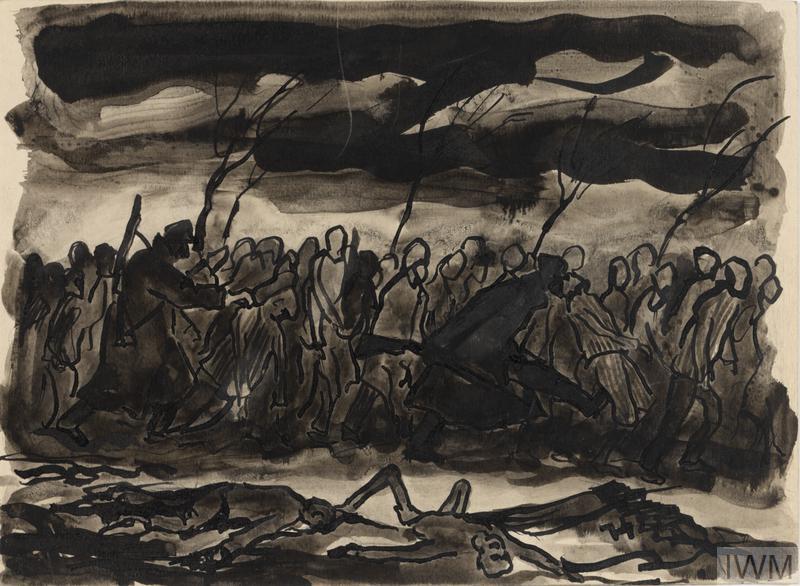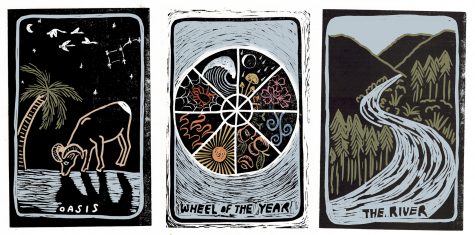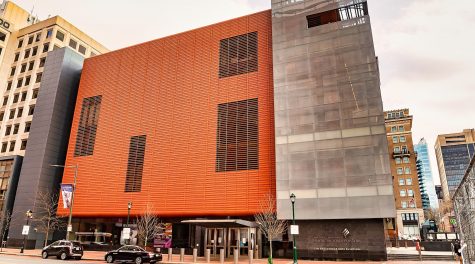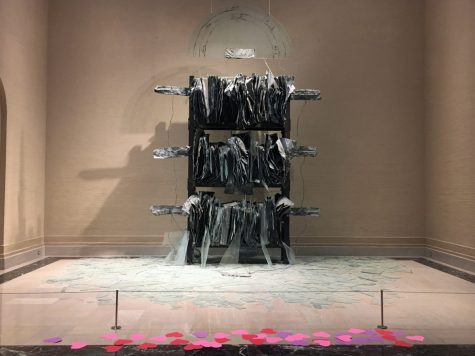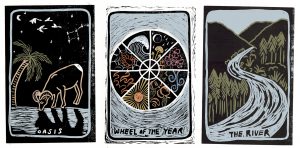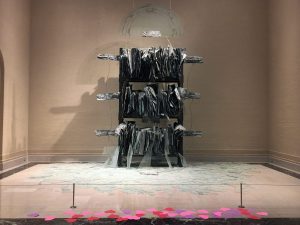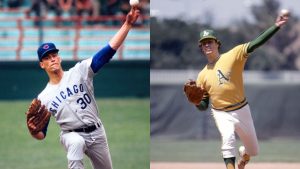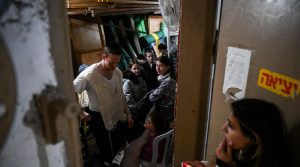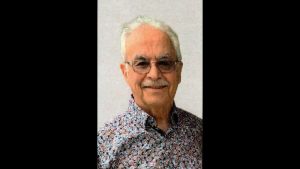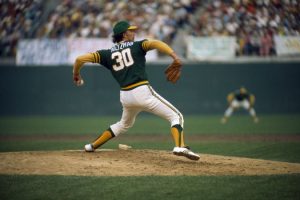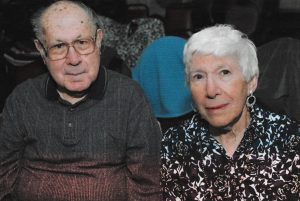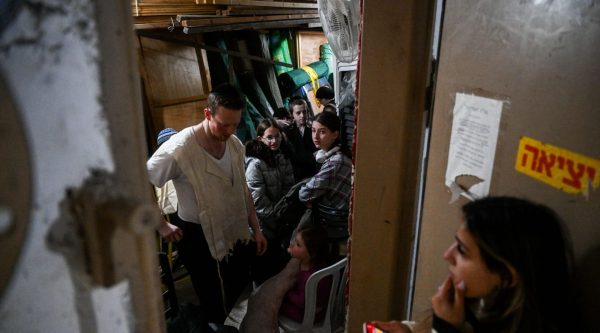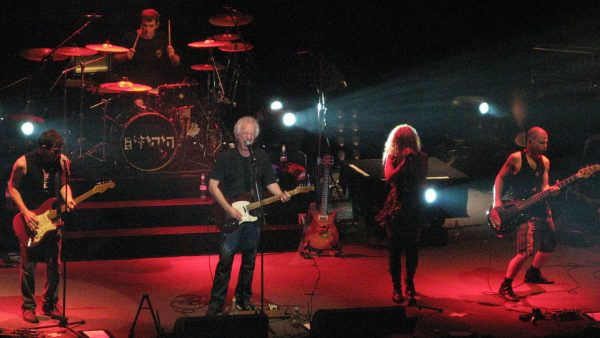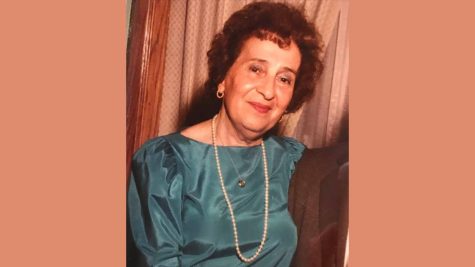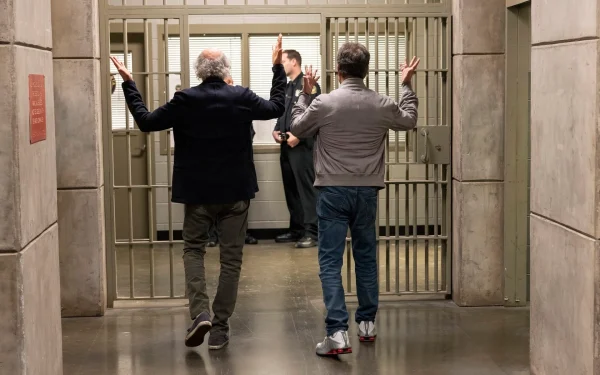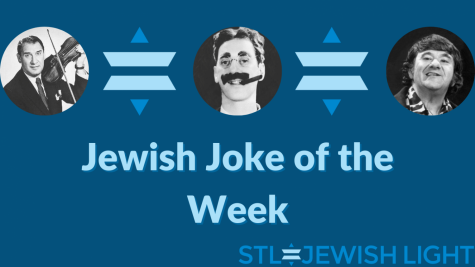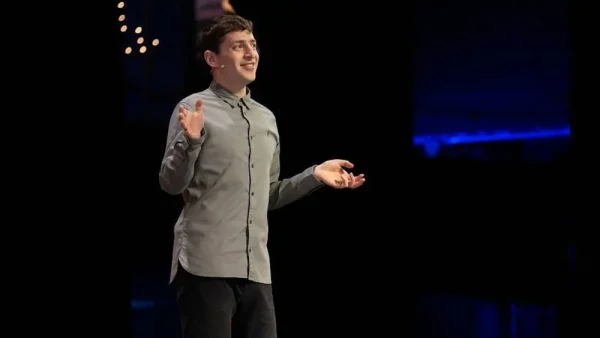Artists responses to the Holocaust: Morris Kestelman
Published December 20, 2021
The St. Louis Jewish Light has partnered with the Imperial War Museum‘s to give you an opportunity to view a special exhibit entitled: Artists Responses To The Holocaust
The artworks here explore a range of reactions to the Holocaust – from the deeply personal responses of survivors to the more documentary approach of official war artists recording the sights of Bergen-Belsen after its liberation in April 1945.
Some of the artists created their works within the camps and ghettos, while others used art to express the experience after liberation.
A number of the survivors who made their homes in Britain after the Second World War turned to art as an outlet for their trauma.
Many of them found their experiences difficult to talk about and, in the decades immediately after the war, they were not always encouraged to discuss them. Their works capture the ongoing legacy of loss, desperation and exclusion.
LAMA SABACHTHANI [WHY HAVE YOU FORSAKEN ME?]
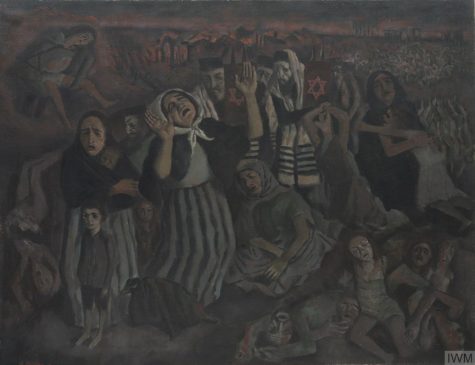
Morris Kestelman (1905-1998) grew up in a Jewish immigrant family in the East End of London. In 1922, he won a scholarship to the Central School of Art and eventually went on to study at the Royal College of Art.
In addition to producing abstract paintings, Kestelman worked in theatre and costume design. When news of the murder of Jews started to reach Britain in the early 1940s, Kestelman was one of the first artists to respond, taking his title Lama Sabachthani from the opening of Psalm 22: ‘My God, my God, why have you forsaken me?’.
Emotional turmoil hangs heavy in the painting. A group of Jews in despair at being forgotten or forsaken by God. They stand amongst burning buildings and piles of unburied bodies, surrounded by destruction and loss.
Women are placed directly in the foreground of this painting and dominate the picture. Some raise their arms up in distress, beseeching God to help them, while others look as though they have given up in despair.
This work is a rare and almost immediate British artistic response to news of the atrocities known to be taking place against the Jews in occupied Poland. A challenging question for those who study the Holocaust is ‘who knew what and when?’ during the war. Is the question in the painting’s title also directed at those nations outside of occupied Europe?



